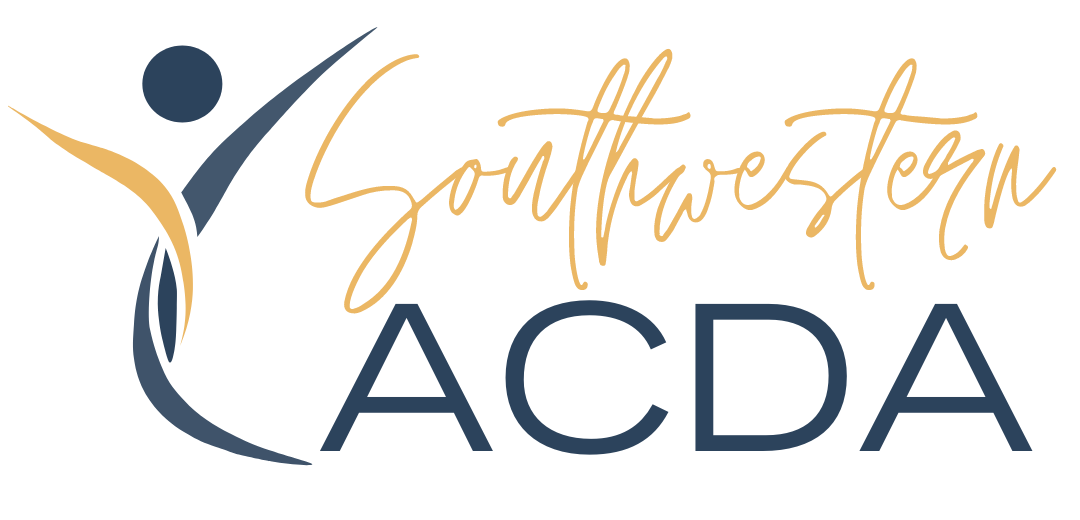Tatiana Taylor – 2-Year College R&R Chair
Crafting a Well-Balanced and Engaging Concert Program
Designing a concert program that is both fresh and well-balanced can be a daunting task. There have been semesters when I found myself struggling for ideas, often turning to colleagues for inspiration. Whether at conferences, through professional discussions, reading articles, attending concerts, or participating in reading sessions, I have gathered valuable insights that have proven beneficial over the years. I would love to share some of these strategies with you.
Balancing Tradition and Innovation
Many of my colleagues are gifted composers, and I encourage reaching out to commission or program works by contemporary artists. However, it is equally important to maintain a connection to the traditional canon. Our students should have the opportunity to engage with the works of Ockeghem, Monteverdi, Bach, and Mendelssohn, ensuring a well-rounded musical education.
Challenging Yet Attainable Repertoire
Repertoire selection should strike a balance between challenge and accessibility. While students should have pieces that push their technical and artistic limits, they should also experience a sense of accomplishment at the end of each rehearsal. Thoughtful programming can help maintain motivation and foster growth.
Encouraging Student Input
When planning a theme-based program, I have found it valuable to invite students to contribute by suggesting a piece or even proposing theme ideas. This approach fosters a sense of ownership and engagement among performers.
Emphasizing Variety
A successful program thrives on diversity. Avoid an overabundance of any one style or element—if one piece is accompanied, follow it with an a cappella selection. Strive for variety in timbre, language, tempo, and key to create a more engaging and dynamic concert experience.
Interdisciplinary Collaboration
Incorporating other disciplines into concert programming can enrich the experience for both performers and audiences. Collaborating with departments such as English, history, or theater can add depth to a performance. For example, the English department could provide dramatic readings of Shakespearean texts to complement choral works like Songs and Sonnets from Shakespeare by George Shearing or Two Shakespeare Songs by Stephen Smith.
Selecting Meaningful Repertoire
Music has the power to spark dialogue and introspection. Choosing repertoire that explores themes of life, love, and the human experience can provide students with valuable perspectives and opportunities for discussion, ultimately broadening their worldview.
In crafting a well-balanced concert program, it is essential to blend tradition with innovation, challenge with attainability, and variety with cohesion. Engaging students through input and interdisciplinary collaboration enriches their experience, while meaningful repertoire fosters deeper connections to music and the world around them. By thoughtfully considering these elements, we can create programs that inspire, educate, and leave a lasting impact on both performers and audiences.
